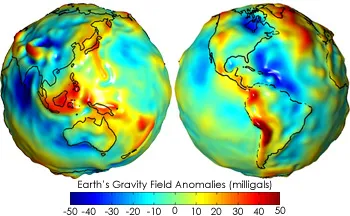EARTH MYSTERIOUS FACTS
1. EARTH IS SQUASHED.
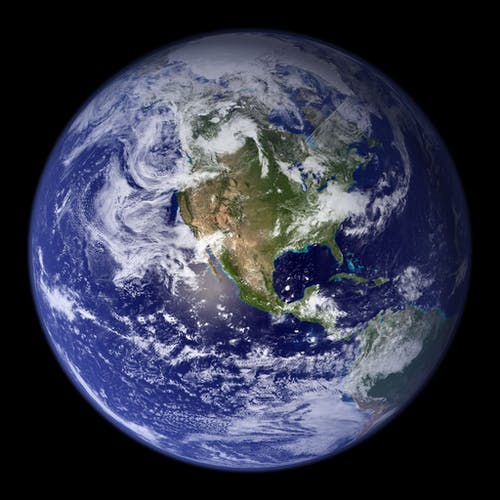
Earth is not a perfect sphere. According to the National Oceanic and Atmospheric Administration (NOAA)(opens in new tab), as Earth spins, gravity points toward the center of our planet (assuming for explanation’s sake that Earth is a perfect sphere), and a centrifugal force pushes outward. But since this gravity-opposing force acts perpendicular to the axis of Earth, and Earth’s axis is tilted, centrifugal force at the equator is not exactly opposed to gravity.
2. EARTH HAS A WAISTLINE.

Gravity pushes extra masses of water and earth into a bulge, or “spare tire” around our planet. At the equator, the circumference of the globe is 24,901 miles (40,075 kilometers), according to Space.com(opens in new tab). Bonus fact: At the equator, you would weigh less than if standing at one of the poles.
3. EARTH IS ON THE MOVE.
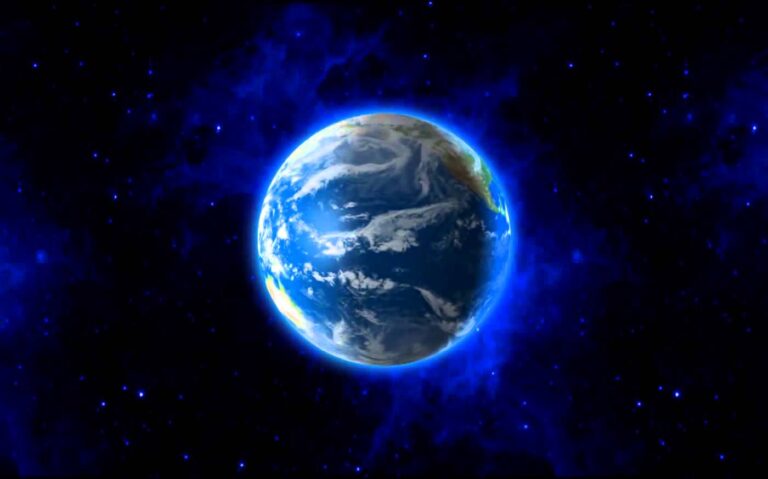
You may feel like you’re standing still, but you’re constantly moving — fast. Depending on where you are on the globe, you could be spinning with the planet at just over 1,000 miles per hour, according to Space.com(opens in new tab).
People on the equator move the fastest, while someone standing on the North or South pole would be perfectly still. (Imagine a basketball spinning on your finger. A random point on the ball’s equator has farther to go in a single spin as a point near your finger. Thus, the point on the equator is moving faster.)
4. EARTH MOVES AROUND THE SUN.
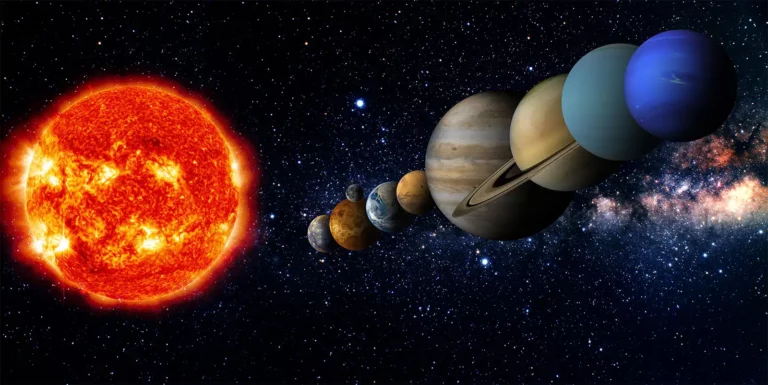
The Earth isn’t just spinning: It’s also moving around the sun at 67,000 miles (107,826 km) per hour, according to the American Physical Society(opens in new tab).
5. EARTH IS BILLIONS OF YEARS OLD.
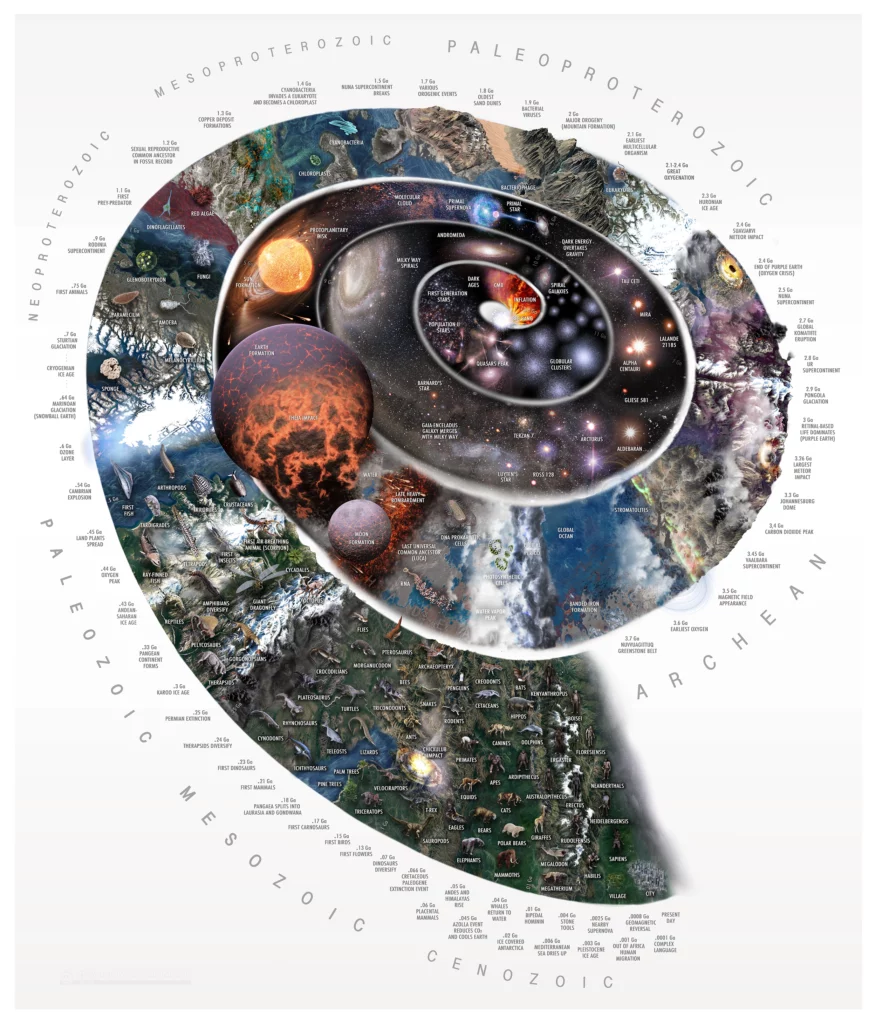
Researchers calculate the age of the Earth by dating both the oldest rocks on the planet and meteorites that have been discovered on Earth (meteorites and Earth formed at the same time, when the solar system was forming). Their findings? Earth is about 4.54 billion years old, according to the National Center for Science Education(opens in new tab).
6. EARTH IS RECYCLED.
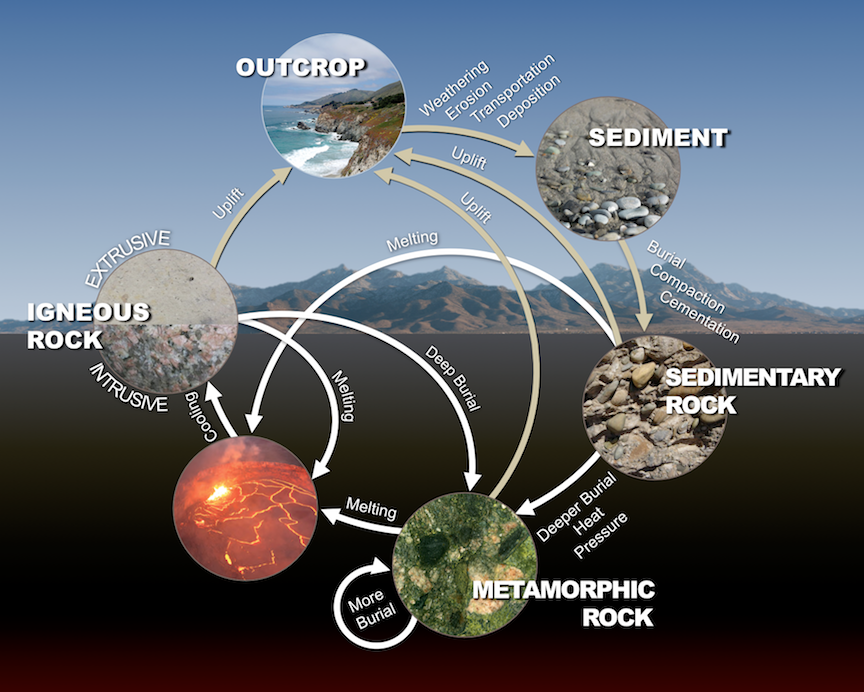
The ground you’re walking on is recycled. Earth’s rock cycle transforms igneous rocks to sedimentary rocks to metamorphic rocks and back again.The cycle isn’t a perfect circle, but the basics work like this: Magma from deep in the Earth emerges and hardens into rock (that’s the igneous part). Tectonic processes uplift that rock to the surface, where erosion shaves bits off. These tiny fragments get deposited and buried, and the pressure from above compacts them into sedimentary rocks such as sandstone. If sedimentary rocks get buried even deeper, they “cook” into metamorphic rocks under lots of pressure and heat, according to Dorling Kindersley(opens in new tab).
Along the way, of course, sedimentary rocks can be re-eroded or metamorphic rocks re-uplifted. But if metamorphic rocks get caught in a subduction zone where one piece of crust is pushing under another, they may find themselves transformed back into magma.
7. EARTH”S HOTTEST SPOT IS IN LIBYA.
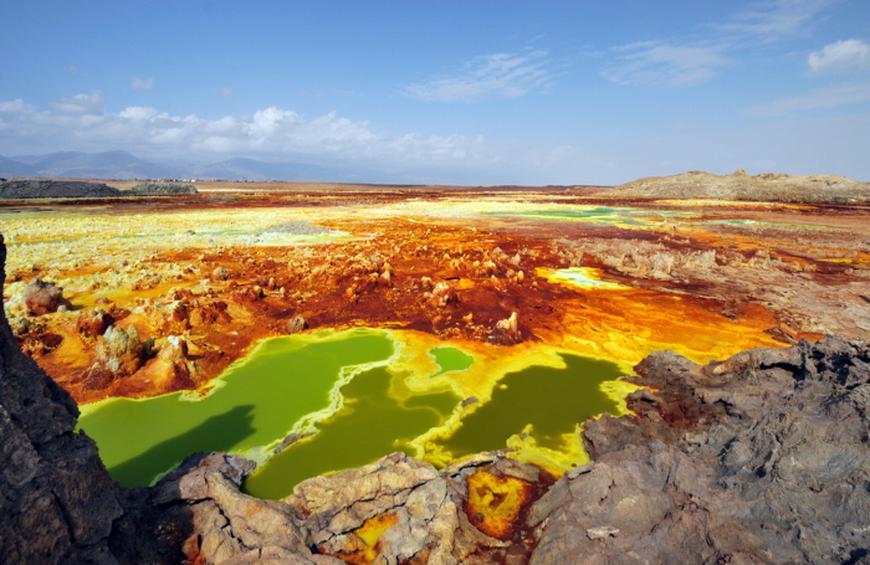
The fiery award for Earth’s hottest spot goes to El Azizia, Libya, where temperature records from weather stations reveal it hit 136 degrees Fahrenheit (57.8 degrees Celsius) on Sept. 13, 1922, according to NASA Earth Observatory(opens in new tab). There have likely been hotter locations beyond the network of weather stations
8. EARTH”S COLDEST PLACE IS IN ANTARCTICA.
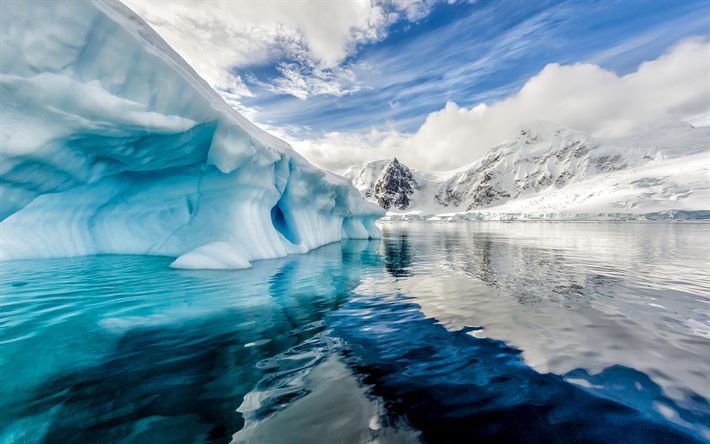
It may come as no surprise that the coldest place on Earth can be found in Antarctica, but the chill factor is somewhat unbelievable. Winter temperatures there can drop below minus 100 degrees F (minus 73 degrees C).
The lowest temperature ever recorded on Earth came from Russia’s Vostok Station, where records show the air plunged to a bone-chilling minus 128.6 degrees F (minus 89.2 degrees C) on July 21,1983, according to the World Meteorological Organization (WMO)(opens in new tab)
9.EARTH HAS GIANT STALAGMITES.
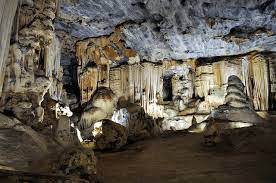
The largest confirmed stalagmite in the world can be found in Cuba in the Cuevo San Martin Infierno, according to the journal Acta Carsologica(opens in new tab). This behemoth rises 220 feet (67.2 meters) tall. (Shown here, a photo of a stalagmite in a northwest Yucatan peninsula cave.)
10. EARTH HAS UNEVEN GRAVITY.
